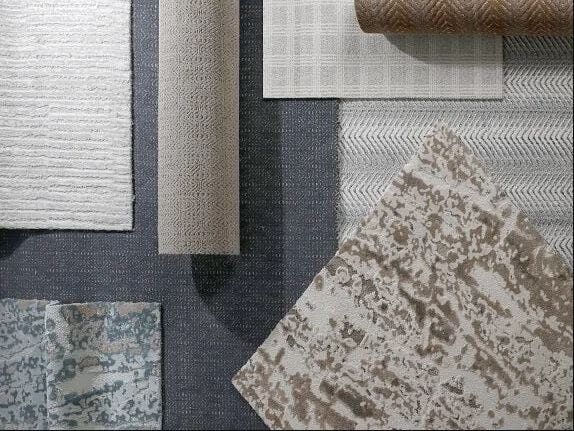In most cases, vinyl can be installed anywhere in your home on top of virtually anything. However, this is not always recommended. This is especially true if long lasting, durable & beautiful flooring is something you desire. We previously shared how a sound subfloor is critical for long lasting floors and this is no different. Traditional plywood subfloor conditions should be adhered to when installing vinyl as well.
How do you know if you can install over your existing flooring or if it needs to be removed first? We’ll explain the factors you need to take into consideration before you get started, and what you should keep an eye out for.
Installing Over Existing Floor
The benefit of installing your new vinyl floors overtop of your existing flooring is that it saves you time on the prep work by allowing you to skip the demolition stage and get right to the floor laying stage.
If your existing flooring is fixed to the subfloor, and in good condition with no broken or worn parts, you may be able to install your new floor overtop.
However, you’ll need to consider how your flooring will be installed based on the manufacturer’s recommendations. Will it be glued down, nailed down or is it floating? If it you’ll be using glue, you’ll need to look into the types of surfaces the glue is designed to adhered to. Certain adhesives are not recommended to go over sheet vinyl. You’ll also need to determine if there is more than one layer of existing flooring when installing this way. If it is nailed down, fasteners must penetrate a proper subfloor by at least 5/8″.
Lastly, consider is the height of your flooring. Will there be enough clearance for doors to close properly if you add another layer of flooring? Will appliances lay flush with countertops? You want to make sure your flooring won’t be too high.
Remove Old Flooring
By installing overtop of existing flooring you are overlooking (figuratively & literally), arguably the most important factor to having long lasting, problem free flooring — your subfloor. If the subfloor needs some repairs, you will need to remove your existing flooring and start from scratch. Your new floors will only be as sound as the one before it. The more layers you add to your floor, the more problems you are opening yourself up to. The most common problem you can encounter is squeaks. No one likes having a squeaky floor.
Before removing existing flooring you would need to determine if it’s safe to do so. Older floors were manufactured using asbestos and when removing this type of flooring there are special precautions that need to take place. You’ll need a qualified technician to determine if asbestos is present or not.
The last consideration is warranty. Some manufacturers will void their warranty if their product is installed over existing flooring. Check with your flooring expert if you are unsure if this applies to you.
Always check manufacturer’s recommendations and talk to your local Nufloors expert before installing your new floors overtop of your existing flooring. Preparation is one of the most important steps when it comes to completing a flooring project. Preparing the right base for your new floors is crucial for installing floors that will last for years to come!




